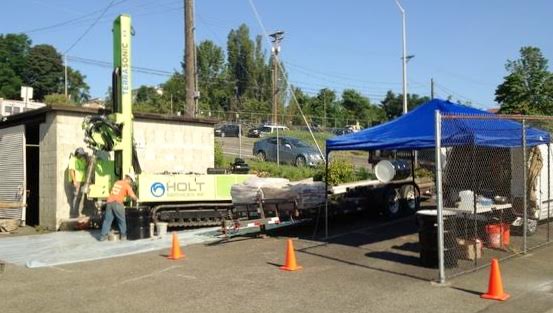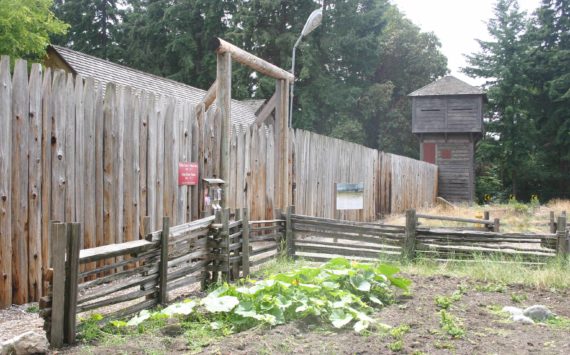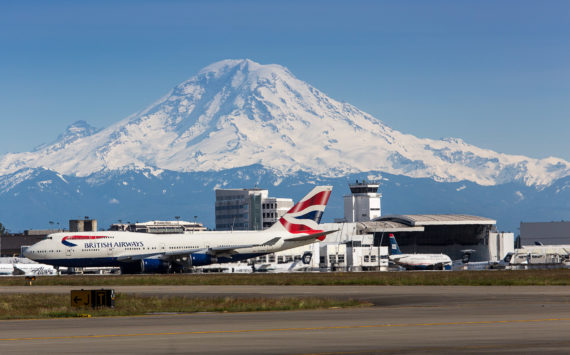The search is on for underground contamination spreading into soil and groundwater originally found beneath the University of Washington Tacoma campus.
Decades of industrial uses left several plumes of groundwater contamination under the former railroad and warehouse district that today houses the UW Tacoma campus and surrounding neighborhoods. Some sources have been located, but the added monitoring will help define the extent of contamination on and around the campus.
Drilling is planned to begin in the area between Tacoma and Yakima avenues from South 17th to South 21st streets. In the coming weeks, drilling for wells is scheduled at various other locations on and around the UW Tacoma campus. Work could begin as early as 7 a.m. on campus.
The groundwater contamination was originally discovered on the UW Tacoma campus, which covers about 46 acres between South 21st and South 17th streets between Pacific and Tacoma avenues. The area is part of the Union Depot Historic Warehouse District, which served rail commerce at the terminus of the transcontinental railroad beginning more than 100 years before the university arrived. Other commercial and industrial uses in the area included dry cleaning, auto repair operations and various manufacturing.
As UW Tacoma was built and expanded, studies found groundwater polluted with petroleum hydrocarbons, benzene, trichloroethene (TCE), and perchloroethene (PCE). The risk to human health from this underground contamination is considered to be low, but at high enough levels PCE, TCE, and petroleum hydrocarbons could harm people and the environment.
In 2013, a limited cleanup action began on the Howe Parcel portion of the UW Tacoma cleanup site. Groundwater contaminated with PCE is being treated and monitored.
– Washington State Department of Ecology








